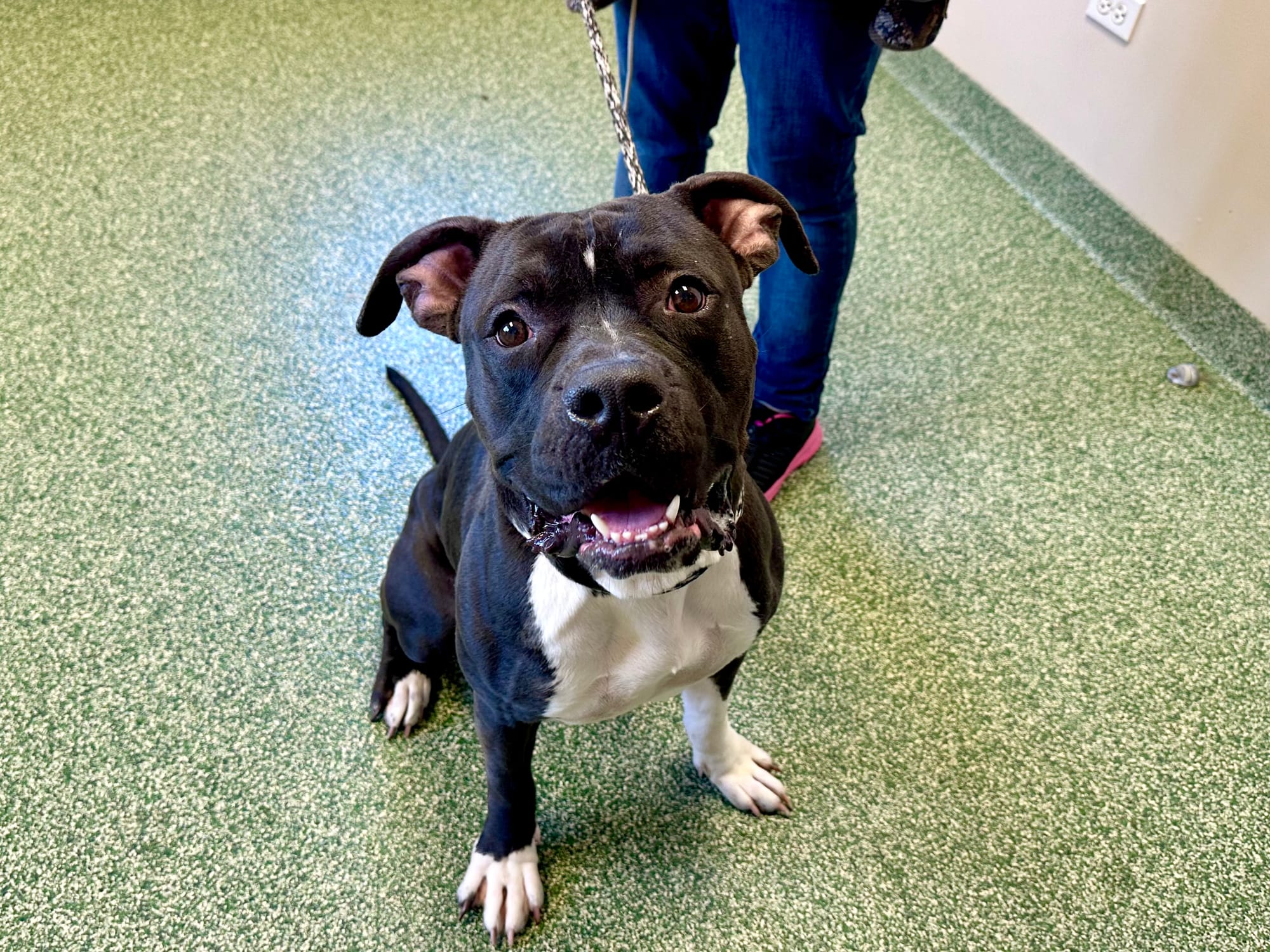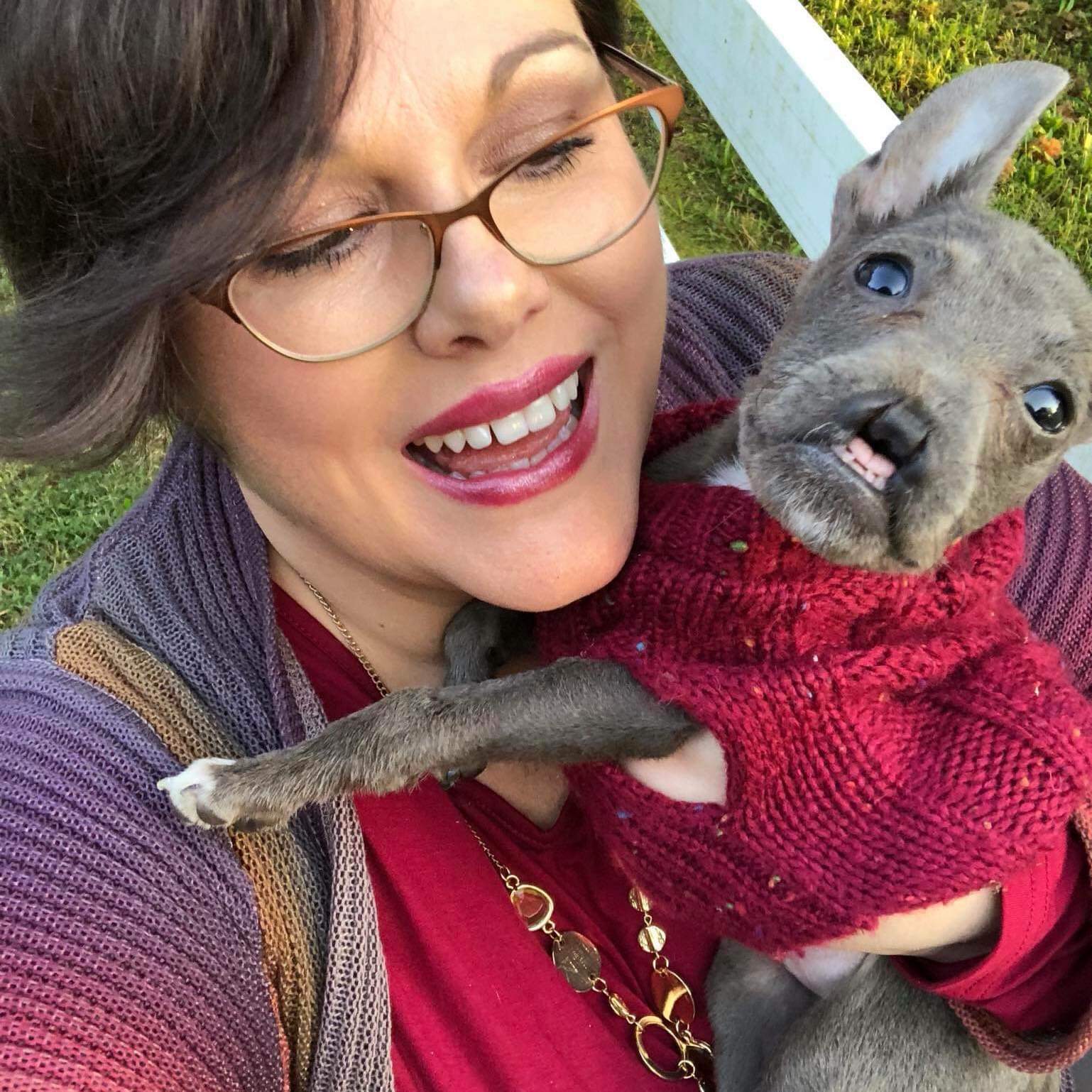Welcome to the ultimate destination for celebrating the unsung heroes of the dog rescue world. At Rescue Spotlight, we're dedicated to highlighting the remarkable journeys of rescue organizations and the incredible individuals behind them.
Whether you seek heartwarming tales of second chances, inspiring stories of rescue missions, or practical insights into the world of dog adoption, you'll find it all here.
Today, we're privileged to interview Marla Briley, one of the devoted people behind Central Texas Ruffugees You can find a direct link to their Instagram here.
Here is their story:
What inspired you to start or become involved with this rescue organization?
Briley: For a long time I had observed that there were more adoptable dogs than adopters, in the state of Texas, where the annual euthanization rates exceeded those of any other state. Simultaneously, a discernible waiting list for adoptable dogs existed in states situated north of the Mason-Dixon Line. Motivated by this disconcerting scenario, I resolved to establish a canine rescue initiative that strategically prioritizes the relocation of dogs from Texas to reputable rescue organizations in the northern regions.
Can you tell us about a particularly memorable rescue mission or adoption story that stands out to you?
Briley: There are so many. We rescued a little dog that was found in The Valley, dragging her back legs. The kind Samaritan that found her posted a video to social media, we saw the video and offered to help. We brought the little girl to our vet and after an X-ray determined that she had a pellet on her spine. Surgery, to remove the pellet, would be life threatening so our vet opted to put her on anti-inflammatories. She quickly began using her back legs and with a little PT, she was able to run and walk and even jump like a normal pup. She found a wonderful home with an elderly couple where she is the apple of their eye.
What are some of the biggest challenges you face as a rescue organization, and how do you overcome them?
Briley: Finding consistent and reliable foster homes. There are lots of individuals who imagine what fostering is like vs what fostering is really like. You have to be ok with a little chaos in your life, at least for the first couple of days till the dog learns the foster's routine and settles in. There is nothing more annoying than getting a text/call/email from a foster asking me to move a dog ASAP! We don't always have another available foster.
How do you select the dogs that your organization takes in, and what criteria do you use for adoption?
Briley: Typically, I share information about dogs from rescues and shelters with whom we have established prior collaborations on my private foster page. I inquire about the availability of potential foster caregivers, and upon confirmation, we proceed to facilitate the transfer of the dog. The majority of our canine companions are directed towards foster-based rescues situated in northern regions. Our primary adoption criterion revolves around ensuring that prospective adopters are prepared to offer the necessary training and patience required for every new dog's successful integration into their homes.
In what ways do you work to rehabilitate and socialize dogs before they are adopted?
Briley: In our efforts to prepare dogs for their new families, our foster dogs are exposed to various environments, people, and other animals to enhance their adaptability and social skills. We prioritize individualized attention, addressing specific needs and concerns, and collaborate with experienced trainers, if needed, to ensure a tailored approach for each dog. Our fosters work on house training, crate training and basic leash work.
What role do volunteers play in your organization, and how can people get involved?
Briley: We offer various volunteer opportunities to support our cause. Individuals can participate in events, assisting by holding dogs if foster caregivers are unable to stay. There is a significant demand for volunteers who can aid in transporting dogs to and from veterinary appointments. Moreover, we have an urgent need for individuals willing to open their homes as foster caregivers for our canine companions.
Can you share some success stories of dogs who were once in your care and have now found loving forever homes?
Briley: Agnes entered our care with a heart-wrenching story. Initially believed to be 12-14 years old, completely blind dog and with a lone surviving puppy, her journey unfolded into a tale of resilience. Agnes, along with two other females, had endured the challenges of motherhood in a rural Texas home with a "non-helpful" owner. Tragically, the presumed "father" of the litters claimed the lives of all but one of Agnes's precious puppies. No doubt she fought with all her might to defend her puppies, but being small, elderly and blind she had little chance. Next, after losing her babies she and her puppy were dumped at a high-kill shelter where she would have very little chance of making it out alive. Not many people go to a shelter looking to adopt an elderly blind dog with multiple health issues. That's where we stepped in. We pulled Agnes and her puppy along with her two sisters and puppies. We were determined to show them that they DID matter and were deserving of love. Not long after, Agnes's sisters and her remaining puppy found loving homes. But Agnes had every obstacle against her finding a loving home. But then something remarkable happened. Her foster mother slowly changed from feeling pity for Agnes to being inspired by Agnes. Although life had not been kind to Agnes, she had not given up. She saw her chance at a good life and seized it with all her might! She figured out her new house, sniffed her way through her new yard and made friends with her two much-larger sibling dogs. And soon her foster mom realized that she couldn't part with Agnes and she had been "home" all along. Now, three years later, Agnes is thriving! She is living her best life with a family that cherishes her. And in return she has acted as a foster grandma to many foster puppies that have come through her family's house. Her story is a testament to resilience, love, and the transformative power of second chances.
How does your organization collaborate with other rescues, shelters, or animal welfare organizations?
Briley: Our rescue efforts begin with collaboration with shelters in rural Texas. They send us pictures and detailed bios of dogs in need, each with a unique story. To match these pups with the perfect foster homes, we showcase them on our dedicated Facebook group, where our compassionate fosters will step up for a dog that fits into their home. Once in the care of our devoted fosters, the dogs receive the attention and care they deserve. This allows us to assess their personalities and needs, helping us make informed decisions about their future. Some dogs, due to behavioral considerations or a need for extra local attention, may not be immediately slated for transport to our northern partners. In cases where behavioral evaluations or trial adoptions are necessary, we prioritize keeping these dogs close. We understand the importance of providing them the best chance to thrive. If a dog isn't chosen for transport, we turn our focus to finding them loving homes locally through our adoption program. Our mission is to ensure every dog finds the right path to happiness, whether through transport to northern partners or through adoption within our local community.
What initiatives or programs does your rescue have in place to promote responsible pet ownership and prevent pet homelessness?
Briley: Our rescue takes pride in making a meaningful impact on pet overpopulation by actively supporting low-cost spay/neuter clinics. Through two generous grants, we've empowered these clinics to provide essential services, ensuring that dogs and cats in their communities receive the care they need. Additionally, our "Foster to Forever" program stands as a beacon of compassion. For individuals who discover dogs in the community, we step in to facilitate spaying/neutering and offer assistance in finding loving forever homes. This initiative not only addresses immediate needs but also showcases our commitment to responsible pet ownership. The dogs, once fixed and ready for adoption, are showcased on our adoption site, creating a bridge between foster care and their forever homes. Together, these programs embody our dedication to creating a healthier and happier future for pets in need.
Looking ahead, what are your organization's goals and aspirations for the future?
Briley: Addressing the pressing issue of dog overpopulation requires an expansion of accessible low-cost spay/neuter options. The financial barrier is significant, with the average cost for spaying a large female dog ranging from $600 to $1000, placing this crucial service out of reach for many pet owners. Consequently, this financial strain often leads to unintended litters, leaving these dogs with no alternative but to end up in shelters. The urgency is compounded by the lengthy waiting periods at low-cost clinics, with appointments scheduled six months in advance. This delay exacerbates the problem, resulting in unplanned pregnancies and subsequent "oops" litters. In pursuit of a lasting solution, our rescue is committed to contributing funds to support ongoing low-cost spay/neuter initiatives. Simultaneously, our dedicated team of fosters remains steadfast in their mission to rescue dogs from rural Texas, striving to find them loving homes. This two-fold approach reflects our commitment to tackling the root causes of overpopulation and making a lasting impact on the lives of dogs in need.

